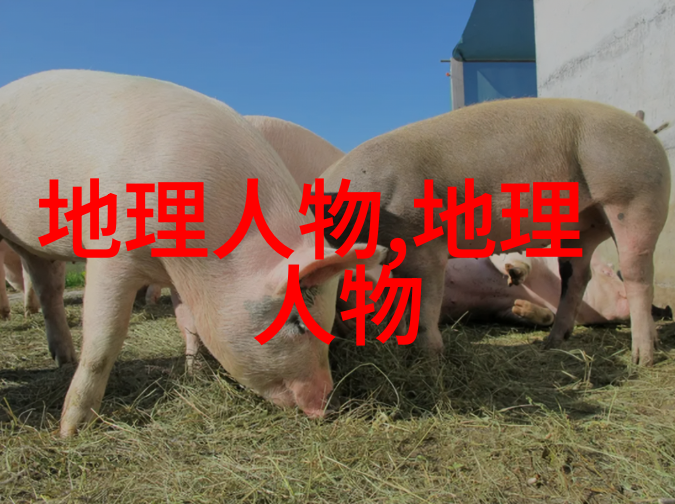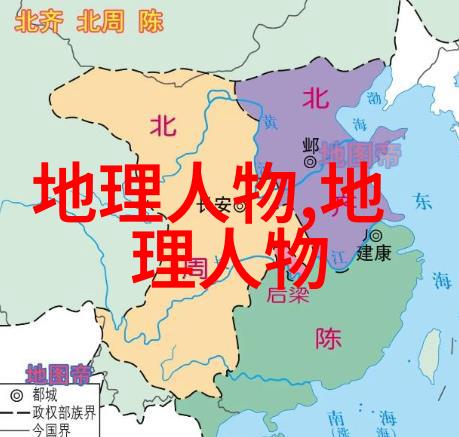在康巴什区,教体系统的双碳教育正在quietly revolutionize the way we learn. The term "双碳" refers to reducing carbon emissions and carbon consumption, a crucial goal in our fight against climate change. As an educator in this system, I've seen firsthand how it's transforming our classrooms and schools.

The first step towards a greener education is reducing carbon emissions. This means using energy-efficient equipment in our classrooms, such as LED lights and smartboards that consume less power than traditional projectors. It also means promoting carpooling or biking to school instead of driving solo. Our school has even installed bike racks for students who prefer cycling to class.
But it's not just about cutting back on energy use; we're also focusing on reducing waste and promoting recycling. We encourage students to bring reusable bags, water bottles, and lunch containers instead of disposable ones. Our cafeteria serves meals made from locally sourced ingredients that reduce transportation-related emissions.

Another key aspect of double-carbon education is incorporating environmental education into our curriculum. Students learn about sustainable living practices through interactive lessons and hands-on activities that make learning fun while teaching them valuable life skills.
As educators, we're not just teaching subjects like math or science; we're also educating future generations about the importance of protecting our planet for years to come. By integrating eco-friendly practices into daily routines at school, we hope that these habits will stay with students long after they graduate.

Of course, implementing double-carbon education isn't without its challenges – from retrofitting older buildings with green technology to persuading parents to adopt environmentally friendly habits at home – but the benefits far outweigh any obstacles.
For instance, by fostering a sense of community among students who share their passion for sustainability, double-carbon education encourages collaboration rather than competition among peers. This promotes teamwork skills while helping create positive social impact around us.

Moreover, when children develop an early appreciation for nature conservation through educational initiatives like planting trees during Earth Day celebrations or participating in clean-up campaigns near local parks or riverside areas within their neighborhoods - they become ambassadors for environmental stewardship beyond their immediate surroundings extending across communities worldwide!
By empowering young minds with knowledge about climate change mitigation strategies coupled with hands-on experiences centered around sustainable lifestyles - teachers can ignite curiosity & enthusiasm amongst learners thus inspiring them grow up as responsible global citizens who are committed towards preserving Mother Nature's bounty

In conclusion: Through innovative approaches such as installing solar panels atop rooftops where possible (for example), establishing green spaces within schools grounds (such as vegetable gardens) encouraging alternative modes transportation options accessible public transportations etc., there are many ways educators can help foster an environment conducive nurturing growth both academically & ethically
And so let us continue striving toward creating environments where learning goes hand-in-hand alongside doing right by earth!
标签: 地理人物



